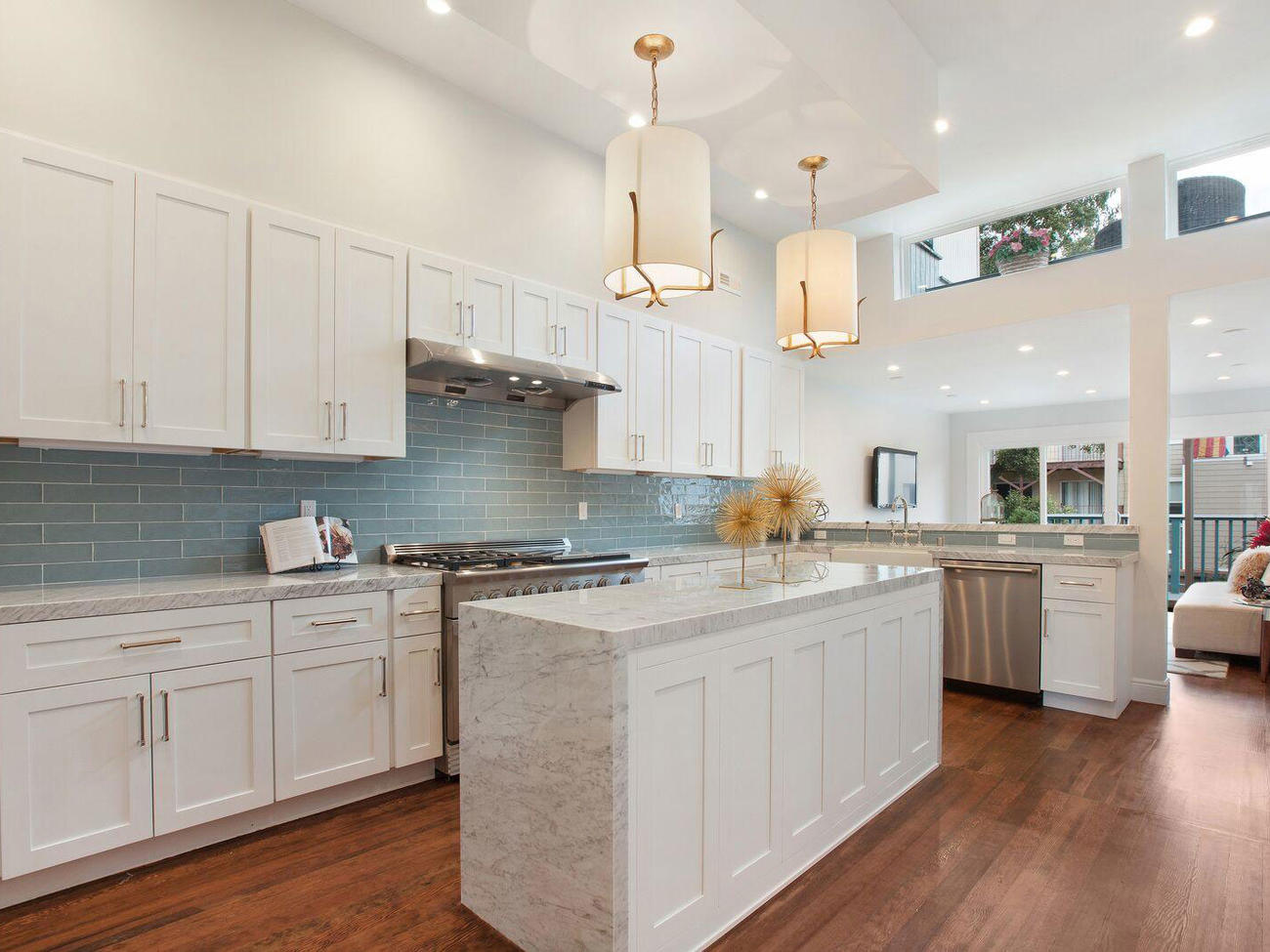
5 Remodeling Tips for Vintage Kitchens
There’s always a great excuse for home improvement.

Renovation and Design, Inc.
When updating a vintage home, it’s imperative to keep original character. Bring in modernity without stripping the soul of the space. Homeowners looking to remodel mid-century kitchens can explore these five tips from San Francisco-based Sandeep Sood, principal of Renovation and Design, Inc.
